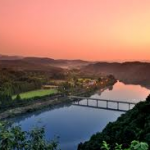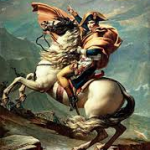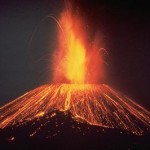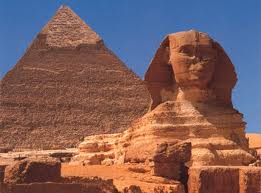Swami Vivekananda says that to become an ideal student, One has to follow certain basic things.
- Respect: Respect your parents, your teachers and your elders.
- Love: Love your country, your culture and your ancestors.
- Service: Serve the poor, the illiterate and the diseased.
- Self-discipline: Discipline your body, your senses and your mind.
- Self- control: Control your words, your thoughts and your actions.
- Truthfulness: Be truthful in words, thoughts and actions.
- Faith: Have faith in yourself, in others and in god.
- Strength: Be strong physically, mentally, intellectually, morally and spiritually.
- Hard work: Work hard to acquire knowledge, skills and wisdom.
- Conviction: Have conviction in the power of goodness, purity and honesty.
- Habits: Cultivate regular habits of prayer, mediation and reading inspiring and strengthening literature.
- Devotion: Have devotion for duty, scriptures, holy people and god.
- Firm determination: Have firm determination and strong will power to cultivate good habits in order to achieve permanent happiness, peace, success and fulfillment in life.
By,
Rushalli











